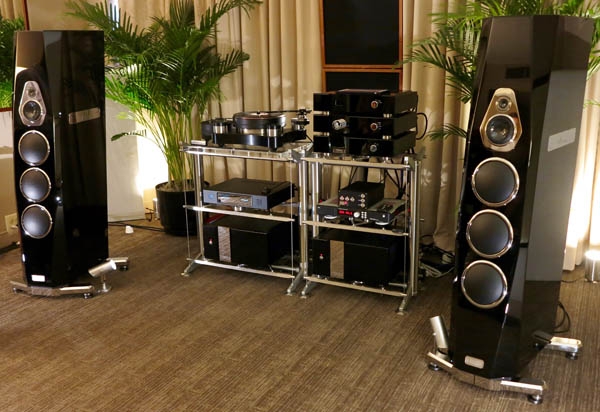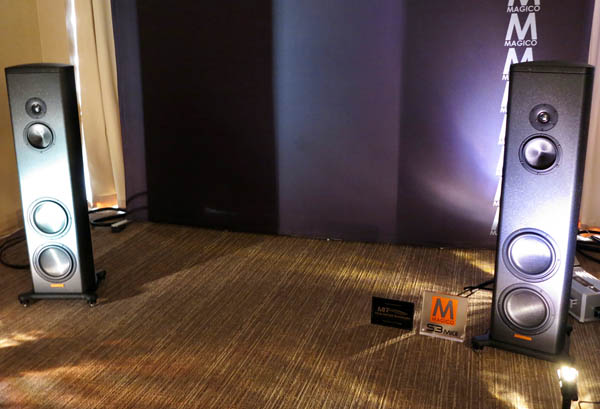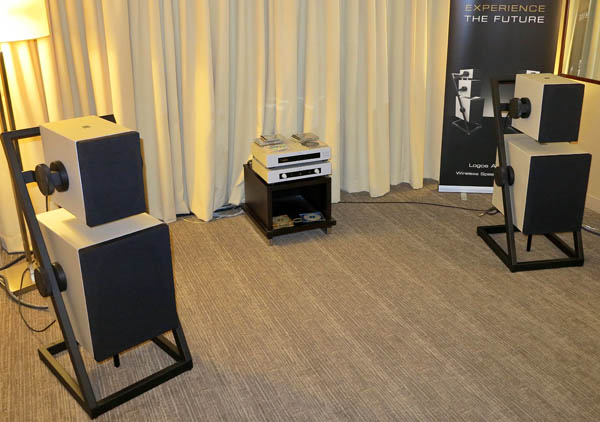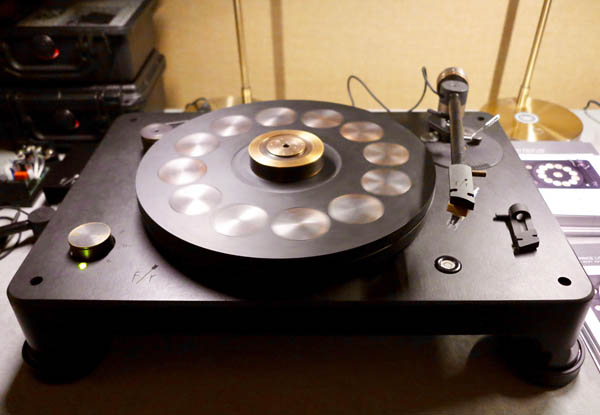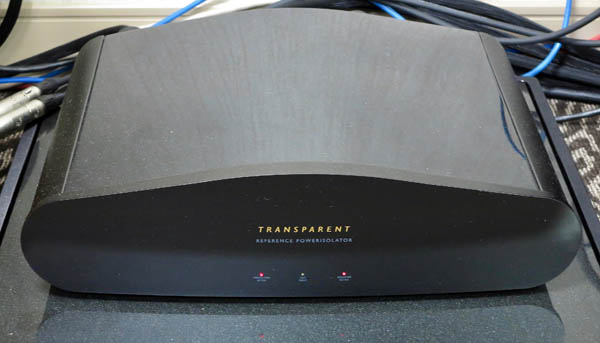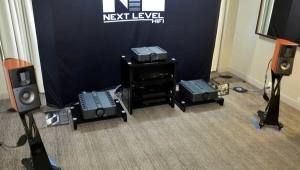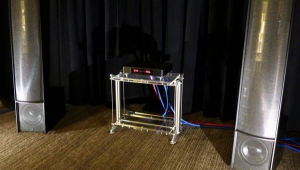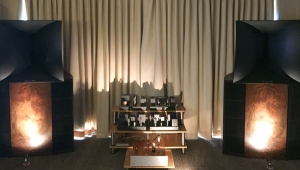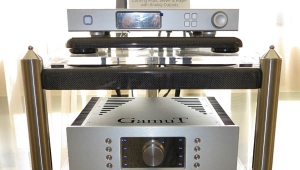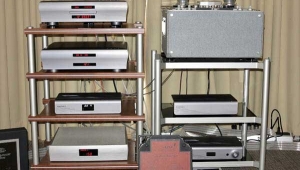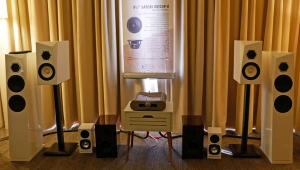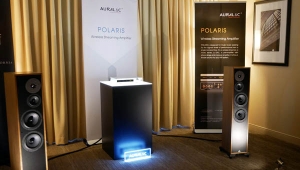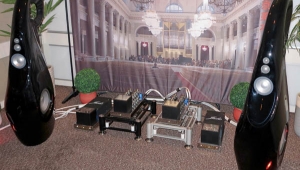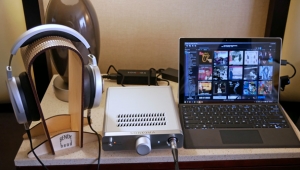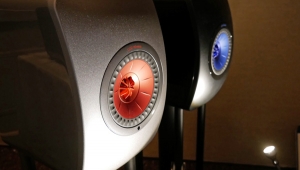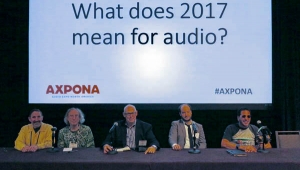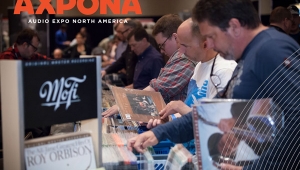| Columns Retired Columns & Blogs |
"Dancing with the Big Boys."
"I never returned for a good listen to this big-boy system."
Why is it necessarily big "boys?"
;-D
How does one determine a system's gender? (I told her price.)
Thanks for the great reports.
The looks of Fern and Roby are right up my aesthetic alley, so to speak.
Anvil and Shinola, too.
I don't mind some fashion sense with my gear!
Good Wife Acceptance Factor!
Cheers, Jason.
My wife wants to know what big girl systems you might have encountered, or are those all table radios with chardonnay glass holders?
